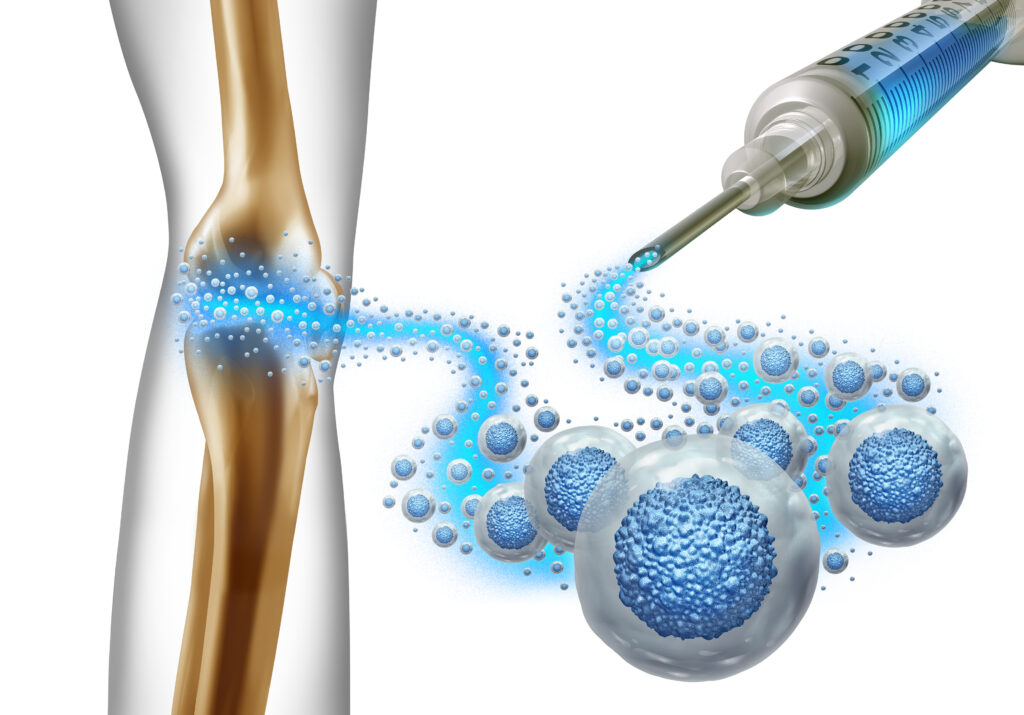Osteoarthritis (OA) is a widespread degenerative joint disorder characterized by the gradual deterioration of cartilage, leading to pain and reduced mobility. Traditional treatments often focus on symptom management rather than addressing the underlying causes of cartilage degeneration. In a groundbreaking study, researchers have proposed a novel therapeutic approach that utilizes the regenerative potential of mesenchymal stem cells (MSCs) in conjunction with an innovative bioactive extracellular matrix (ECM).
The study introduces a unique strategy involving the use of an ECM derived from interferon-gamma (IFN-γ)-stimulated MSCs, which is encapsulated within hydrogel microspheres modified with aldehyde and methacrylic anhydride. This engineered scaffold is designed to closely mimic the natural cartilage microenvironment, facilitating targeted adhesion and retention at the sites of damage through spontaneous Schiff base reactions.
One of the standout features of the IFN-γ-ECM@AH microspheres is their ability to promote the localized release of essential chemokines, such as CXCL12, which plays a critical role in enhancing the recruitment of endogenous stem cells. Furthermore, the scaffold also releases bioactive factors, including TGF-βI and TGF-β3, which are instrumental in driving chondrogenic differentiation—an essential process for cartilage repair.
The innovative design of this scaffold includes binding sites for cellular integrins, thereby augmenting the regenerative potential of the stem cells it interacts with. Together, these mechanisms create a dual-action approach that not only supports efficient cartilage repair but also fosters regeneration, positioning this engineered microenvironment as a promising therapeutic option for OA and potentially other degenerative conditions.
The study was conducted by a team of researchers from the First Affiliated Hospital of Chongqing Medical University in China, including Qiming Pang, Zhuolin Chen, Jingdi Zhan, Jiacheng Liu, Junyan Liu, Weikang Zhao, Wei Huang, and Lili Dong. Their pioneering work opens new avenues for the treatment of osteoarthritis and highlights the significant potential of stem cell-based therapies in regenerative medicine. As the field of regenerative medicine advances, strategies like the one proposed in this study may transform the landscape of OA treatment and improve the quality of life for millions affected by this debilitating condition.


